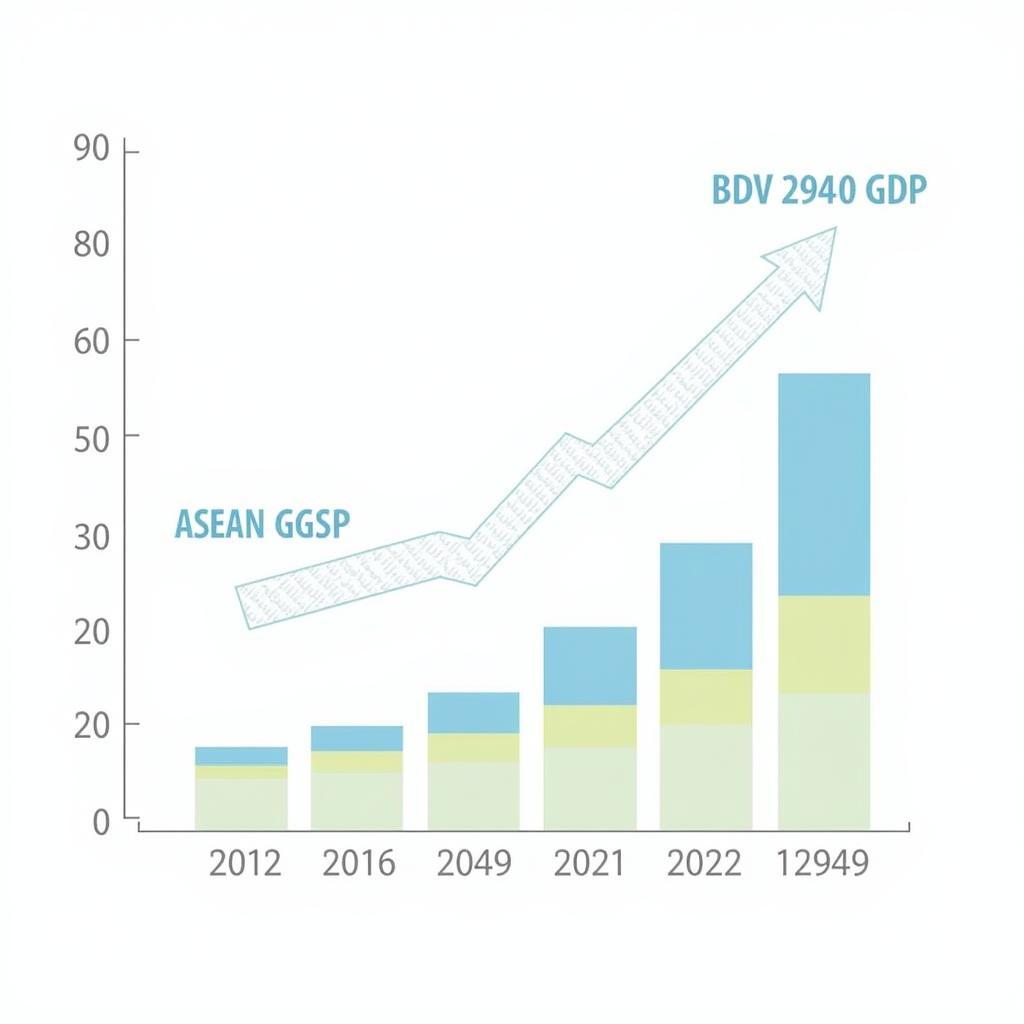The term “Asean 11” often sparks curiosity and confusion among those familiar with the Association of Southeast Asian Nations (ASEAN). While ASEAN is widely recognized as a 10-member bloc, the notion of an eleventh member adds a layer of intrigue. This article delves into the ambiguity surrounding “ASEAN 11,” exploring its possible interpretations and shedding light on the dynamics of Southeast Asian regionalism.
Deciphering the Enigma: Understanding “ASEAN 11”
“ASEAN 11” does not refer to an officially recognized expansion of the bloc. As of 2023, ASEAN comprises ten member states: Brunei Darussalam, Cambodia, Indonesia, Laos, Malaysia, Myanmar, the Philippines, Singapore, Thailand, and Vietnam. The use of “ASEAN 11” likely stems from two primary contexts:
1. Timor-Leste’s Accession Aspirations
Timor-Leste (East Timor), a Southeast Asian nation situated on the island of Timor, has been actively seeking ASEAN membership since gaining independence in 2002. Its potential inclusion often leads to discussions about “ASEAN 11,” implying a future where Timor-Leste becomes the bloc’s eleventh member.
Timor-Leste’s journey toward ASEAN membership has witnessed both progress and hurdles. While it has participated in various ASEAN-led forums and initiatives as an observer, the path to full membership involves complex considerations, including political stability, economic readiness, and consensus among existing members.
2. The Inclusive Spirit of ASEAN
Beyond specific membership expansion, “ASEAN 11” can also reflect the broader spirit of inclusivity that ASEAN promotes in the region. ASEAN engages with numerous dialogue partners, sectoral dialogue partners, and other external parties, fostering cooperation on various fronts.
This inclusive approach recognizes that regional challenges transcend geographical boundaries. By engaging with a diverse range of stakeholders, ASEAN aims to address shared concerns and promote stability and prosperity across Southeast Asia and beyond.
Navigating the Future: Potential Implications of an Expanded ASEAN
While “ASEAN 11” currently lacks formal standing, the concept underscores the dynamic nature of regionalism in Southeast Asia. The potential inclusion of Timor-Leste or the continued expansion of ASEAN’s partnerships will inevitably shape the regional landscape.
An expanded ASEAN could bring both opportunities and challenges:
- Enhanced Regional Cooperation: A larger ASEAN could foster greater economic integration, cultural exchange, and political dialogue, amplifying the bloc’s influence on the global stage.
- Addressing Transnational Issues: With more stakeholders involved, ASEAN could enhance its capacity to address cross-border challenges like climate change, terrorism, and pandemics.
- Navigating Geopolitical Complexities: An expanded ASEAN might face complexities in maintaining unity and consensus, particularly amidst evolving geopolitical dynamics.
ASEAN 11: A Glimpse into a Dynamic Future
The ambiguity surrounding “ASEAN 11” serves as a reminder of the ever-evolving nature of regional blocs. Whether through formal membership expansion or the strengthening of partnerships, ASEAN’s commitment to dialogue, cooperation, and inclusivity remains central to its identity. As Southeast Asia continues to navigate a complex global landscape, the concept of “ASEAN 11,” while not yet a reality, offers a glimpse into the dynamic future of regionalism in the region.
Frequently Asked Questions about “ASEAN 11”
1. Is Timor-Leste a member of ASEAN?
No, Timor-Leste is not yet a member of ASEAN. It has expressed strong interest in joining and has observer status.
2. What are the requirements for a country to join ASEAN?
ASEAN outlines several criteria for membership, including being a sovereign state in Southeast Asia, adhering to the principles of the ASEAN Charter, and demonstrating economic viability.
3. Does ASEAN collaborate with countries outside Southeast Asia?
Yes, ASEAN actively engages with numerous dialogue partners, including major global powers and regional organizations.
4. How does ASEAN address differences among its member states?
ASEAN operates on a consensus-based approach, emphasizing dialogue and cooperation to address disagreements and find common ground.
5. What is the significance of the ASEAN Charter?
Adopted in 2007, the ASEAN Charter serves as a legally binding agreement that outlines ASEAN’s principles, aims, and institutional framework.
For any inquiries or assistance, please don’t hesitate to reach out to us:
Phone: 0369020373
Email: [email protected]
Address: Thon Ngoc Lien, Hiep Hoa, Bac Giang, Vietnam
We are available 24/7 to assist you. You can also find more information on our website, including an article about ASE Bucharest ranking and details on ASE Shanghai address.


